
“In past years, I wanted to show the greatness of this province. But at the same time, I know that not everything is fine.” That’s how the president of Nicoya’s Municipal Council, Martín Reyes, began his speech in the solemn session on July 25 in the colonial church.
President Rodrigo Chaves and the mayor of Nicoya, Carlos Armando Martinez, were with him at the head table. The activity was also attended by council members from Nicoya, the heads of ministries and Guanacaste’s legislators.
In his speech, Reyes enumerated at least nine requests to the State that covered issues related to health, inequality, internet connectivity, access to water and security.
At The Voice, we explain three points that the council member mentioned in front of the president:
Homicides Without Letup
“The population is intimidated and scared. That’s why I urge the central government and the legislators to reinforce the national budget in order to give the tools to the Public Force so that they can act in a timely manner,” said the council member.
One day after Reyes’ words, the country reached the figure of 500 homicides so far this year, about 40% more than how many occurred in 2022 in the same period of time.
According to data from the Judicial Investigation Agency (Spanish acronym: OIJ), in Guanacaste, the number of homicides increased by 54.5% compared to July 27, 2022. This makes it third in the country with the highest percentage increase in murders, surpassed by Cartago with 63% and San José with 97%.
To Minister of Public Security (Spanish acronym: MSP) Mario Zamora, there is a war declared between drug trafficking gangs from Puntarenas and Limón that dispute over Guanacaste territories.
“Places with so much tourism development are attractive for that [drug trafficking], because they are drug markets where the consumer is supposed to be a consumer with high levels of purchasing power,” Zamora told La Voz after the mass dedicated to the MSP on July 23 in Nicoya.
The minister’s statement and the data suggest that organized crime is gaining ground in the province: police statistics from OIJ reveal that 60% of the homicides that occurred in Guanacaste were due to a settling of scores.
The Wave of Chronic Kidney Disease
Chronic Renal Failure (CRF) is not new in the province. Between 1990 and 2013, Guanacaste recorded 1,744 deaths caused by this disease, revealed in the investigative report “Epidemic in Guanacaste Kills Farmers Who Toil Under the Sun,” published by The Voice of Guanacaste together with Semanario Universidad.
CRF is a disease that affects the kidneys and condemns those affected to live under strict health controls. Hypertension and diabetes are also ailments associated with having this disease. But also the long working hours without hydration under the Guanacaste sun.
Reyes thinks that the Ministry of Labor does not ensure compliance with labor rights for Guanacaste’s farmers who are exposed to CRF.
We know that hydration and breaks [for farmers] are only written in a law. But that law isn’t complied with and the Ministry of Labor doesn’t insist that this law be fully respected,” criticized Reyes.
Route 160: The Eternal Promise
The poor condition of Route 160, and decades of promises of pavement, are recurring themes in the community of Nosara. To council member Reyes, work on the route is urgent and “it would be reflected in benefits to tourism activity and the improvement of access to medical care services.“
In 2007, the Minister of Transportation and Public Works at the time, Karla Gonzáles, promised that paving the route would begin in 2009. More than a decade later, the population of Nosara continues to deal with potholes and gravel roads.
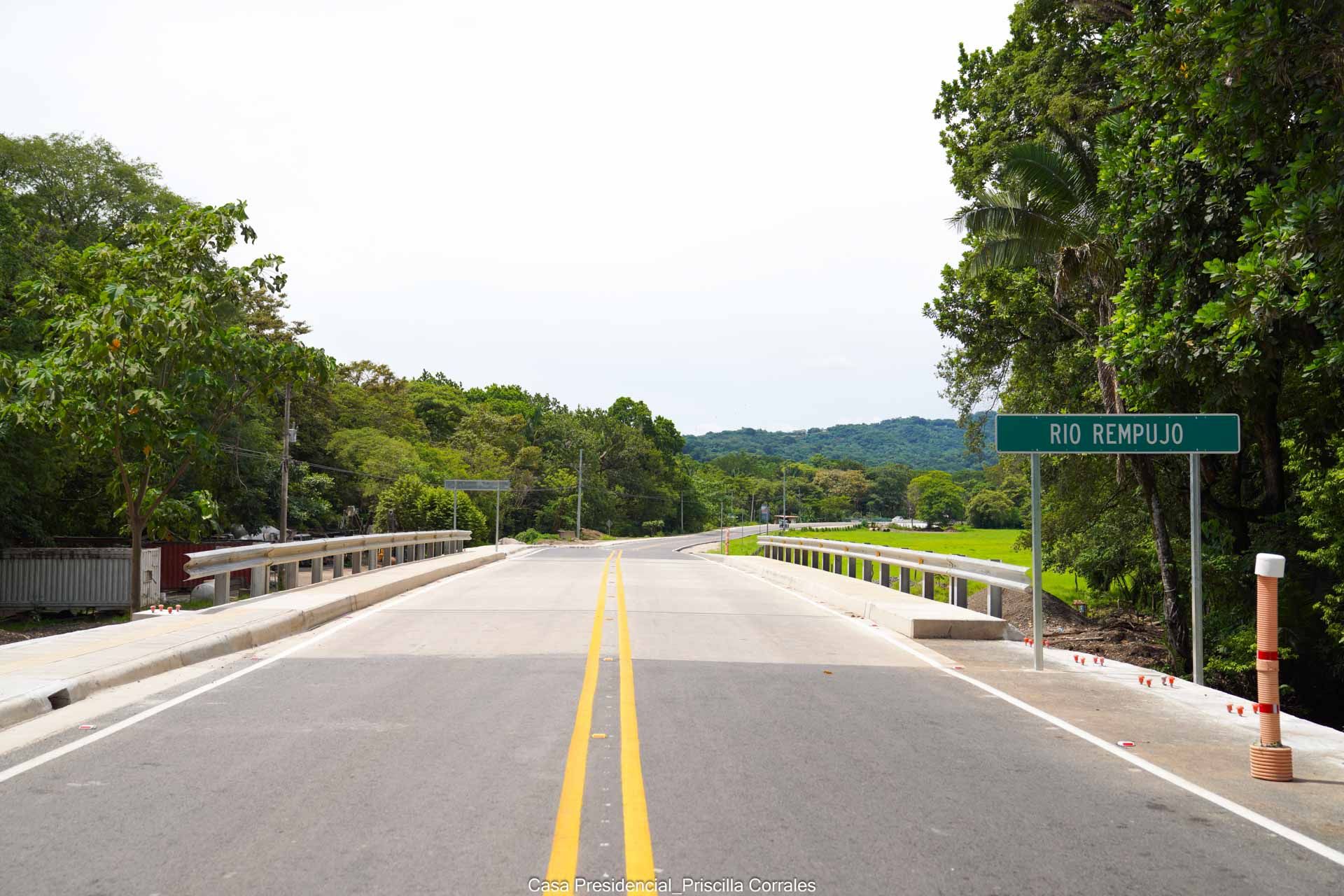
Bridge inaugurated over the Rempujo River in Nosara.Photo: Priscilla Corrales, Casa Presidencial
The section of Route 160 that passes through Sámara and Nosara, until adjoining Santa Cruz, is approximately 81 kilometers (50 miles) long. Currently 70% of the route is ballast or gravel (black stone), according to information shared with The Voice by the National Highway Council (Spanish acronym: CONAVI).
The latest progress on the route was opening three bridges in Nosara over the Esperanza, Rempujo and Sube y Baja rivers. The project began in 2019 during the Carlos Alvarado administration and was inaugurated last July 24 by President Chaves.


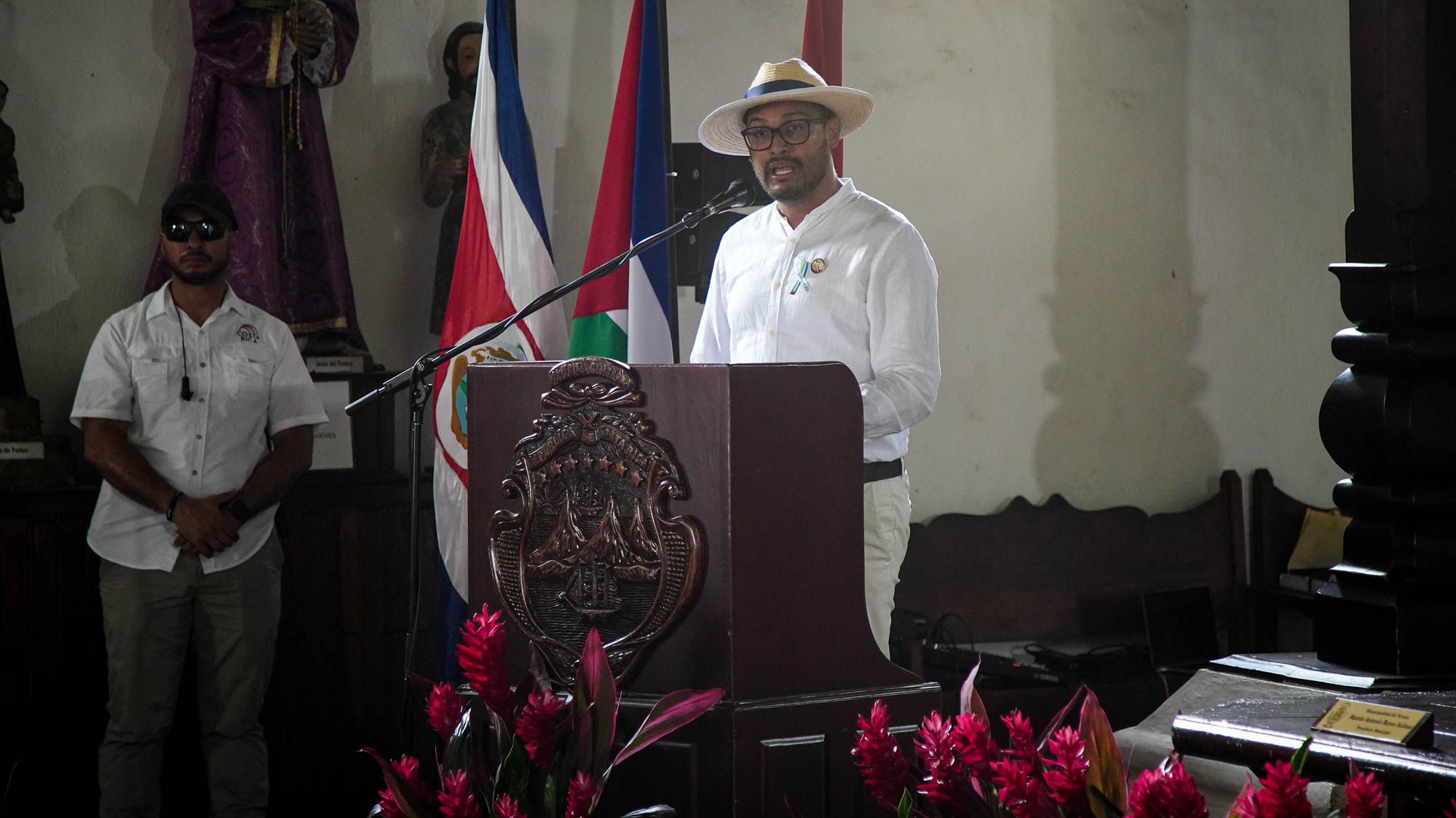
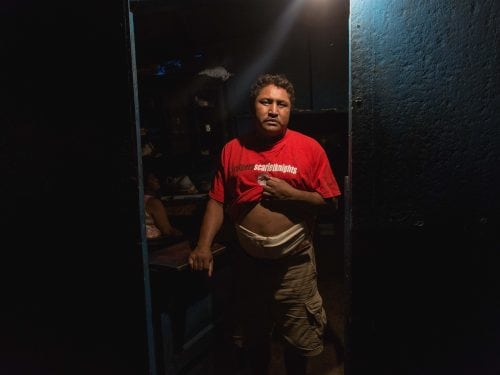
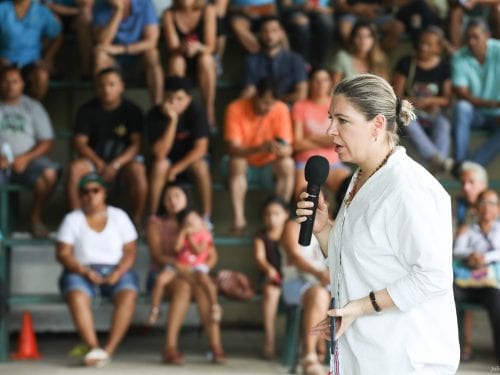
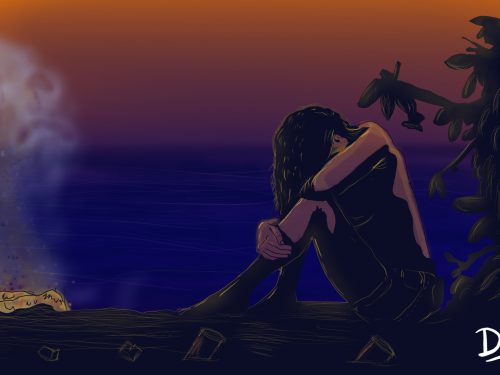

Comments